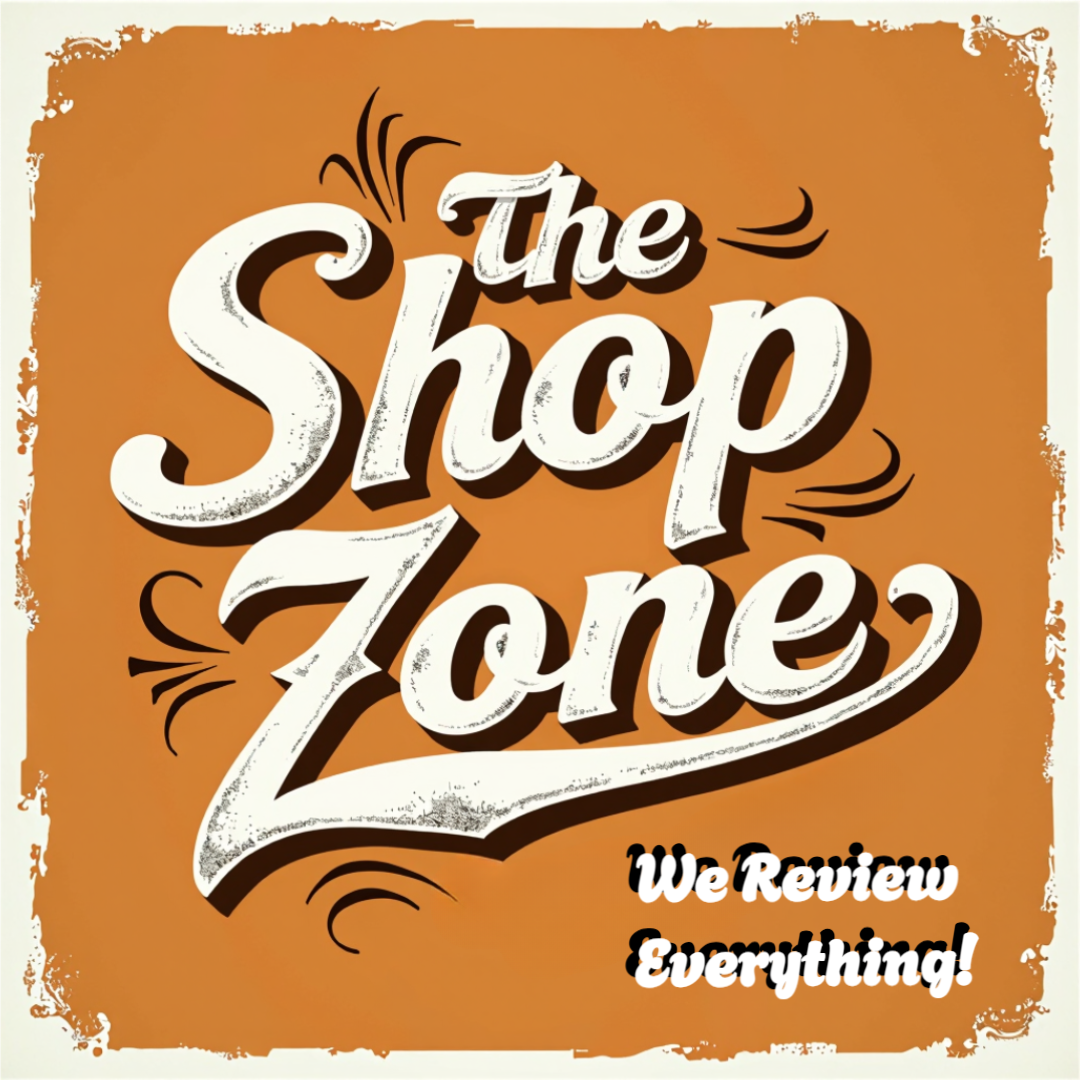Your itinerary is the backbone of a successful journey, and with the right travel hacks, you can elevate your planning process to new heights. By implementing these time-saving strategies and money-efficient tips, you’ll maximize your travel experience while minimizing stress. From optimizing your route to discovering hidden gems, you’ll gain insights that enhance your adventure and ensure that every moment counts. Get ready to transform your trip planning into a streamlined and enjoyable process that leaves you free to focus on the excitement ahead!
Key Takeaways:
- Utilize itinerary planning tools and apps to organize travel dates, accommodations, and activities in one place.
- Incorporate local insights by researching popular attractions and off-the-beaten-path destinations.
- Be flexible with travel dates to take advantage of lower flight and accommodation prices.
- Create a balanced schedule by mixing sightseeing with downtime to avoid burnout during the trip.
- Prioritize key experiences and allocate time according to their significance to ensure an enriching travel experience.

Types of Itineraries
While planning your travels, understanding the various types of itineraries can significantly enhance your experience. There are several itinerary styles to consider, each with its own pros and cons. Choosing the right fit for your travel goals is necessary. Below is a breakdown of the most common types:
| Type of Itinerary | Description |
|---|---|
| Flexible Itinerary | Allows changes in plans with ease |
| Fixed Itinerary | Set schedule with predefined activities |
| Day-by-Day Itinerary | Detailed activities planned for each day |
| Themed Itinerary | Focused on a specific interest or activity |
| Budget Itinerary | Planned around cost-effective options |
Perceiving the different types of itineraries helps you tailor your travel plans effectively. You can choose from a range of options, ensuring you have the right structure to enhance your journey.
Flexible Itineraries
Now, if you prefer spontaneity, a flexible itinerary may be your best choice. This type provides you with the opportunity to alter plans as you go, allowing you to explore unexpected gems and enjoy a more laid-back vacation experience. With a flexible itinerary, you can choose to spend more time in a location that captivates you or adjust your schedule based on local events and interactions.
Moreover, this approach encourages a sense of freedom during your travels. You can allocate your time based on personal interests, whether that means delving into a local café or engaging with the culture around you. As a traveler who appreciates flexibility, you will find yourself more in tune with your surroundings, leading to a richer travel experience.
Fixed Itineraries
Clearly, if you thrive on structure, a fixed itinerary can be immensely beneficial. This approach involves setting specific plans for your trip, with defined activities and time slots for each location. By following a pre-established schedule, you can ensure that you visit key attractions without missing out on important experiences.
With a fixed itinerary, you can optimize your time efficiently and minimize the chances of feeling overwhelmed by choices. You will gain the benefit of having a clear plan, which can be particularly advantageous in areas where activities require advanced booking. However, you should be cautious of over-scheduling your days, which may lead to a sense of stress rather than enjoyment.
To wrap things up, while fixed itineraries provide structure and ensure you don’t miss out on necessary highlights, you should also stay mindful of the risk of losing spontaneity. By balancing the benefits of both methods, you can craft the perfect travel plan that blends relaxation with exploration.
Essential Tips for Efficient Planning
Any traveler knows that planning an itinerary can make or break your trip. To ensure you make the most out of your adventure, it’s crucial to have a clear and structured approach. Here are some fundamental tips to keep your planning hassle-free:
- Identify your travel goals – Define what experiences you are looking for.
- Research your destinations – Gather insights about local attractions, culture, and activities.
- Set a realistic budget – Keep your spending in check to avoid financial stress.
- Utilize travel planning tools – Use apps and websites to streamline your itinerary.
This structured approach will help you craft an itinerary that not only fits your expectations but also aligns with your travel style. For additional insights, check out the Best Travel Hacks & Tips 2023: Travel Like a Pro and Save …
Prioritize Destinations
The first step in effective itinerary planning is to prioritize your desired destinations. List down all the places you wish to visit, and start narrowing them down based on importance and convenience. Factors to consider include travel distances, available transport options, and overall interest levels. When you prioritize your destinations, it becomes easier to manage your time and energy, ensuring you’re not crisscrossing unnecessarily.
Additionally, focus on creating a balance between popular attractions and off-the-beaten-path spots. Including a mix of both can offer a richer experience, allowing you to immerse yourself in local culture while still checking off major sites from your list. This strategy not only enhances your enjoyment but also provides memorable moments that go beyond the typical tourist experience.
Time Management Strategies
For effective time management while planning your itinerary, consider breaking your day into manageable segments. Allocate specific time frames for each activity or site you wish to explore. This method helps you visualize your day and minimizes the stress of feeling rushed or missing out on experiences. Be sure to include buffers for travel time, meals, and unexpected delays, which are inevitable when traveling.
Essentially, effective time management requires you to prioritize tasks based on both importance and convenience. Make use of digital calendars or apps to help remind you of your planned activities and set notifications for each event. Incorporate flexibility into your schedule, allowing for spontaneous adventures or relaxation breaks, which are vital for recharging during your travels.
Step-by-Step Itinerary Creation
To craft an effective travel itinerary, you need to engage in a systematic approach that ensures all aspects of your trip are well-planned. This organized method not only saves time but also enhances your travel experience. Start by identifying your destination, travel dates, and budget. Once these foundational elements are settled, you can proceed to the more intricate components of your itinerary.
Overview of Itinerary Creation Steps
| Step | Description |
| Research | Gather information about your destination, including attractions, local customs, and transportation. |
| Draft Itinerary | Create a preliminary itinerary that includes dates, activities, and necessary reservations. |
| Finalize | Review your plans for any adjustments, then confirm and organize all bookings. |
Research and Gather Information
Even the most seasoned travelers must engage in thorough research before launching on their journeys. Start by exploring various online platforms, such as travel blogs, forums, and reviews, to gain insights into your destination. Look for highly recommended attractions, dining options, and experiences that align with your interests. Additionally, consult travel apps that can provide you with real-time updates, such as weather forecasts and events happening during your stay.
Furthermore, consider visiting the official tourism website of your destination to find the most accurate and up-to-date information. Gathering details about local customs, public transportation, and safety tips will equip you with important knowledge that can lead to a more enriching travel experience. Organize your findings effectively, as this will serve as a strong foundation for your itinerary.
Drafting Your Itinerary
Little by little, you will start to piece together your travel itinerary. Begin by outlining potential activities for each day of your trip, keeping in mind how much you can realistically accomplish. Balance busy days with more leisurely ones to avoid burnout while maximizing your experience. You may want to incorporate time for impromptu discoveries and local experiences to soak in the authentic culture of your destination.
Gather all the information you’ve compiled during your research to draft a layout for your itinerary. Include important details such as address and contact information for attractions, reservation times, and any costs associated with activities. It’s beneficial to also outline travel times between locations, as this will help you manage your time efficiently. Your itinerary should be easily adjustable in case plans change, making it simpler to refer to as you enjoy your trip. Lastly, ensure that you incorporate downtime; having a packed schedule can lead to travel fatigue and detract from the enjoyment of your adventure.
Key Factors to Consider
Keep in mind that several key factors influence your travel itinerary planning. Addressing these components can significantly streamline your travel experience and enhance your overall enjoyment. Pay attention to the following aspects:
- Budget – Your finances dictate where you can go and what you can do.
- Travel Restrictions – Be aware of any limitations or requirements for your destination.
- Seasonality – Different times of the year can impact weather and crowds.
- Transportation – Consider how you will move around once you arrive.
- Accommodation – Your choice of lodging can affect both comfort and cost.
Thou should evaluate these factors meticulously to ensure your travel plans align with your expectations and resources.
Budgeting
The first step in plotting your itinerary involves developing a budget. This requires a careful analysis of your total expected expenses, including flights, lodging, food, and activities. It’s advisable to establish a clear financial plan before making commitments to avoid overspending. Freely allocate more funds for priority activities or experiences you might not want to miss. Consider utilizing budget-tracking apps to keep your spending in check during your travels.
By identifying affordable options and comparing costs of flights and accommodations, you can discover significant savings. Investing time in researching options can lead to unexpected finds, whether it’s a hidden gem of a hotel that won’t break the bank or a local eatery offering cuisine that is both delicious and budget-friendly. The goal is to maximize your experiences while keeping to your desired spending limits.
Travel Restrictions
For effective itinerary planning, you must stay informed about any existing travel restrictions that may impact your journey. This can include visa requirements, health regulations, or advisories regarding safety perceptions in different regions. Being proactive in your research ensures that you understand the conditions that apply to your destination—such as mandated vaccinations or testing protocols, visa applications, and currency limitations.
Factors influencing travel restrictions can vary widely by destination and can include governmental policies like border closures or health advisories during pandemics. Be prepared to navigate these issues by regularly consulting government travel advisories or resources tailored to your destination. Understanding the positive details about travel requirements can help you embrace the necessary precautions, while also avoiding any potential dangerous situations that can arise from ignorance. Always prioritize safety and compliance with regulations in your travel planning to ensure a smooth experience.
Pros and Cons of Different Itinerary Styles
For travelers eager to optimize their adventures, understanding the pros and cons of various itinerary styles is imperative. Depending on your travel preferences and the nature of your trip, you may find yourself drawn to either a flexible or fixed itinerary. While both options have their unique benefits, they also present specific challenges that can affect your overall travel experience. Below is a breakdown of their advantages and disadvantages to help you make a more informed decision.
| Itinerary Type | Pros and Cons |
|---|---|
| Flexible Itineraries | Pros: Adaptability; exploration opportunities; spontaneity |
| Cons: Possible time management issues; feelings of uncertainty | |
| Fixed Itineraries | Pros: Schedule certainty; structured planning; maximized efficiency |
| Cons: Limited spontaneity; pressure to stick to schedule | |
| Combination Itineraries | Pros: Balanced approach; flexibility with some structure |
| Cons: Potential for conflicting schedules; complexity in planning | |
| Solo Itineraries | Pros: Freedom and independence; tailored experiences to your interests |
| Cons: Loneliness; lack of shared experiences | |
| Group Itineraries | Pros: Shared experiences and bonding; safety in numbers |
| Cons: Compromised personal interests; less flexibility |
Advantages of Flexible Itineraries
To those who enjoy the thrill of the unknown, flexible itineraries offer an appealing travel style. With a flexible approach, you can explore destinations at your own pace, discovering hidden gems that might not be included in a traditional itinerary. Being free from strict time constraints allows you to immerse yourself in the local culture, explore regional cuisine, and form unexpected connections with locals. This adaptability can lead to memorable experiences that a fixed schedule may not permit.
Additionally, choosing a flexible itinerary takes the pressure off. When plans can shift, you can easily change your destination based on weather conditions, personal interests, or new recommendations from fellow travelers or locals. This spontaneity enhances your adventure and can ultimately maximize your travel satisfaction, allowing you to enjoy your journey without a rigid framework.
Disadvantages of Fixed Itineraries
Advantages of a fixed itinerary are apparent, such as the predictability and efficiency it brings to your travels. Having a set schedule can ease the stress of planning each day, ensuring that you cover all the highlights of your destination without wasting time on indecision. Moreover, fixed itineraries are beneficial for group travel, where coordination and mutual agreement are imperative for a harmonious experience. However, they do come with their share of drawbacks.
Disadvantages of fixed itineraries include the risk of feeling overwhelmed by time constraints, which may prevent you from fully indulging in a moment or place. If an unexpected opportunity arises—like a local festival or a chance to engage with a friendly local—you may find yourself torn between sticking to your schedule and embracing spontaneity. Such rigidity can also lead to travel fatigue, as an overload of planned activities can diminish the delight of exploration, making the journey feel more like a checklist than an adventure.
Common Mistakes to Avoid
Not paying attention to your itinerary can lead to unnecessary stress and missed opportunities. One of the most common mistakes travelers make is failing to conduct thorough research. This can result in inefficient routing, overly ambitious schedules, and ultimately frustration. Taking the time to explore into Trip Planning Tips and Tricks: How I Plan My Travel can sharpen your planning skills significantly, ensuring a smoother journey.
Overpacking Activities
An itinerary filled to the brim with activities often leads to burnout. Although the excitement of visiting a new destination is palpable, trying to squeeze every single attraction into your schedule can be counterproductive. Instead, focus on prioritizing a few key experiences that genuinely interest you. This approach allows you to enjoy your trip without the stress of racing from one location to another.
Ignoring Local Insights
Some travelers overlook the invaluable knowledge that locals can provide about their city or town. Engaging with residents can introduce you to hidden gems, authentic cuisine, and experiences that might never appear in typical travel guides. Moreover, locals often have tips on avoiding tourist traps and navigating public transportation efficiently.
Common sense dictates that enriching your travel experience involves listening to those who know the area best. Whether it’s through conversations with locals at cafes or consulting community forums online, tapping into this resource can elevate your journey to new heights. Ignoring local insights may lead to missed adventures and a less immersive experience overall, resulting in less satisfaction with your trip. Embrace curiosity, and don’t hesitate to ask for recommendations—your itinerary will thank you!
To wrap up
The insights shared in this guide on invaluable how-to travel hacks for efficient itinerary planning are designed to enhance your travel experience significantly. By implementing these strategies, you can streamline your planning process, allowing for a more enjoyable and stress-free adventure. From using digital tools to save time, to prioritizing your must-see attractions, each tip empowers you to create an itinerary that reflects your travel goals and enhances your journey.
Ultimately, the way you approach your travel planning can set the tone for your entire trip. By taking advantage of these hacks, you position yourself to explore more while worrying less. So as you set out to plan your next adventure, utilize these techniques to optimize your journey, ensuring that every moment is spent experiencing the adventure you’ve longed for. Your travels should be as memorable as possible, and effective itinerary planning is a key component in making that happen.




